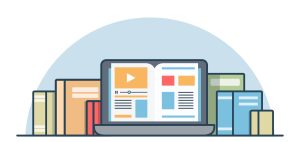Learning Theories

Welcome to the “Learning Theories” chapter, where we explore effective ways to help people learn. In this chapter, we look at Universal Design for Learning (UDL) and other instructional design models that can provide structure and guidance to our creation of learning materials. With exposure to these theories and methods, you’ll learn how to design educational experiences that have a strong impact.
To do so, we delve briefly into Universal Design for Learning (UDL), which focuses on flexibility and customization to support different learning needs and preferences. We explore the three key “Multiple Means” principles of UDL: presenting information in different ways; allowing various ways for learners to participate and show what they know; and keeping learners engaged. By using these principles in your designs, you can create inclusive and engaging experiences for everyone, regardless of whether they’ve declared an accessibility need.
We also discuss other teaching methods like Backwards Design and ADDIE, that have been used by library practitioners as frameworks for learning object development, providing structured approaches to designing instructional tools. These methods help you develop a systematic process, aligning learning goals, content, and assessments to create purposeful and learner-centered experiences.
By understanding learning theories, embracing Universal Design for Learning, and using pedagogical frameworks, you’ll be able to design powerful learning experiences. Whether you’re creating new materials or improving existing ones, these principles and frameworks will help you create engaging, effective, and inclusive educational experiences for all learners.

